At its core, calibration is about ensuring that your equipment is working properly and in the way it is intended.
Returning your equipment for periodic calibration allows for several things to take place including evaluation of your equipment for damage, opportunities for us to provide education, and upgrades to your firmware, as well as the sensor-to-sensor comparison to our NIST-traceable masters.
How does calibration process that work?
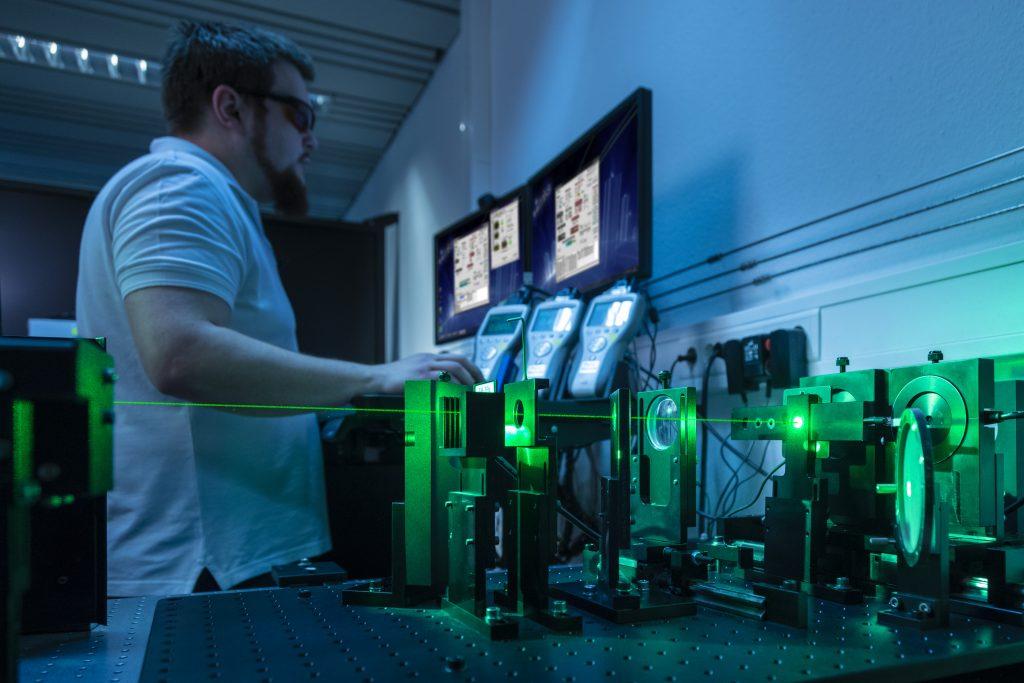
When we receive your equipment our technicians first conduct an evaluation. This includes a review of severe contamination, burn marks, missing components, or any other condition that would cause your equipment to malfunction.
From this evaluation, we know what type of remedial action we need to take to get your equipment back to complete functionality.
In most cases, this means a known replacement of a battery or a cable or disc replacement, but in some cases, it can mean proactively addressing catastrophic equipment failures that could stop production or the necessary tests you need to conduct. Any time we can prevent you from experiencing downtime and wasted time, we consider that a success.
From our review of damage or parameters and settings selected, we can also provide insight to you on your application.
Providing areas of improvement and education to our customers
The calibration team works hand-in-hand with our technical service team to identify areas of improvement and education to our customers.
When we see repetitive damage, such as exceeding the damage threshold by not having a big enough beam diameter, cracks in diffusers, or settings in the equipment that don’t make sense, we contact our customers to provide education on preventing those conditions and optimizing their processes or new solutions to provide the measurements in better ways.
In an effort to provide further support, we’ve also created brochures that are distributed with the calibration documentation to prevent damage and out of tolerance conditions. Links to those Common Reasons for Out of Tolerance (OOT) Conditions and Damage Prevention documents are also found on our website. These brochures show real damage we’ve seen come through the Calibration Lab and identify key methods to prevent those specific conditions and others from occurring.
While damage and OOT conditions are the primary reason for sending equipment for calibration, we also conduct firmware upgrades to address any bugs or additional capabilities for your equipment. Updating the firmware provides increased capabilities, more accuracy, and fewer glitches in your measurements, as well as positions you for the increased capabilities of other products that are released and ensure compatibility.
What are NIST-traceable masters and why do we use them?
During the sensor-to-sensor comparison of your equipment, we use NIST-traceable masters for the calibration. The NIST traceable master provides a consistent method to ensure that your equipment is functioning within the stated parameters for the equipment. Even when using measurements for reference only, regular calibrations help make sense of data and help you make informed decisions, especially across any length of time as measurements can be relied upon to be repeatable, consistent, and within known bounds.
Returning your equipment for calibration is about making sure that you are receiving the results you need. We know that your products, processes, and results mean the world to you—that quality is important, and calibration helps you ensure that the quality is there in a quantifiable method.

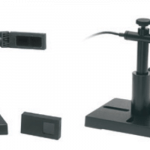
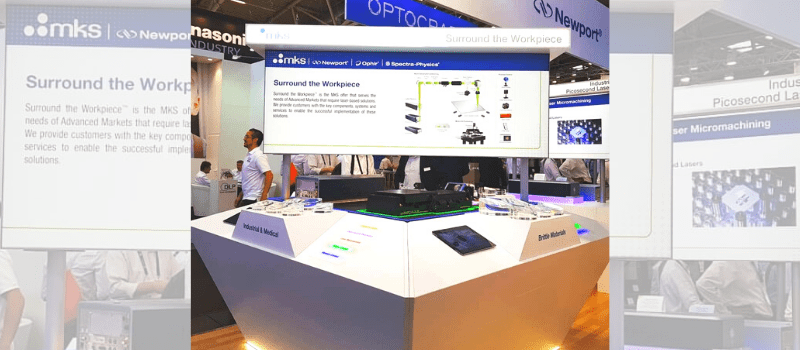

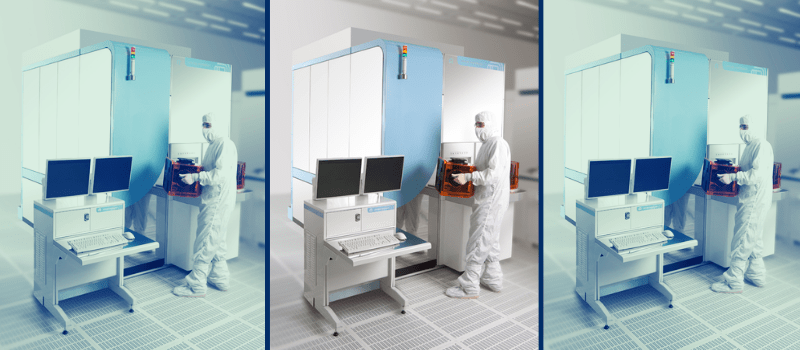
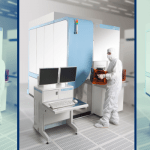
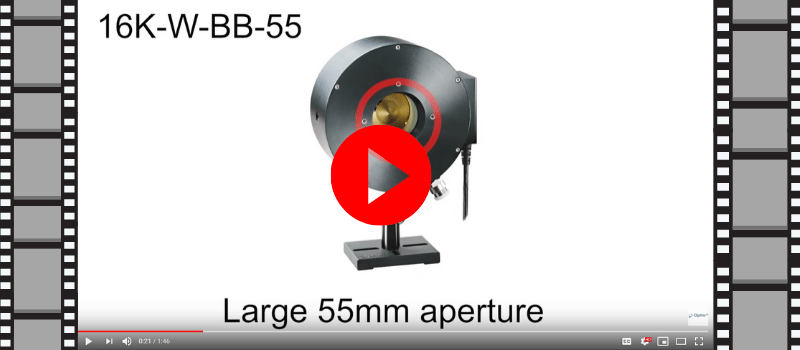
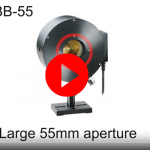
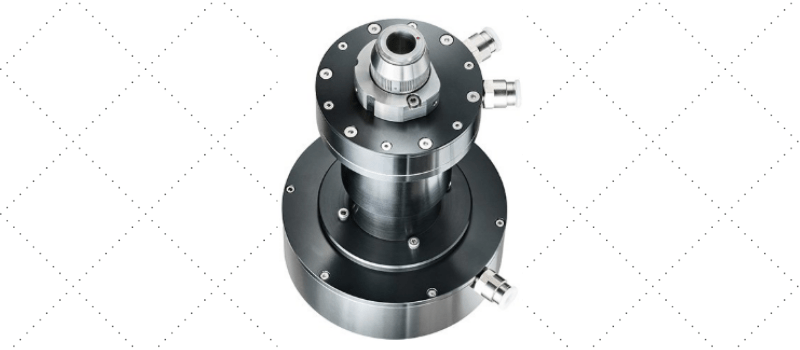

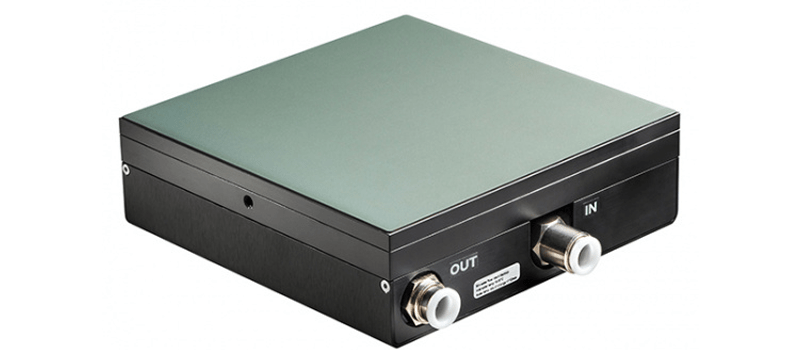
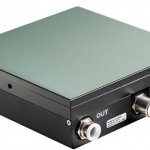
Leave a Reply
Your email address will not be published. Required fields are marked *